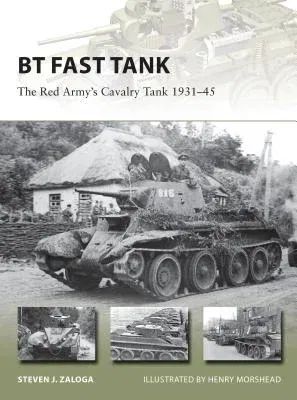Steven J Zaloga
(Author)BT Fast Tank: The Red Army's Cavalry Tank 1931-45Paperback, 23 August 2016

Temporarily out of stock
Free Delivery
Cash on Delivery
15 Days
Free Returns
Secure Checkout

Part of Series
New Vanguard
Part of Series
New Vanguard, 237
Print Length
48 pages
Language
English
Publisher
Osprey Publishing (UK)
Date Published
23 Aug 2016
ISBN-10
1472810651
ISBN-13
9781472810656
Description
Product Details
Author:
Book Format:
Paperback
Country of Origin:
GB
Date Published:
23 August 2016
Dimensions:
24.13 x
18.03 x
0.51 cm
Illustrator:
ISBN-10:
1472810651
ISBN-13:
9781472810656
Language:
English
Location:
New York
Pages:
48
Publisher:
Weight:
158.76 gm